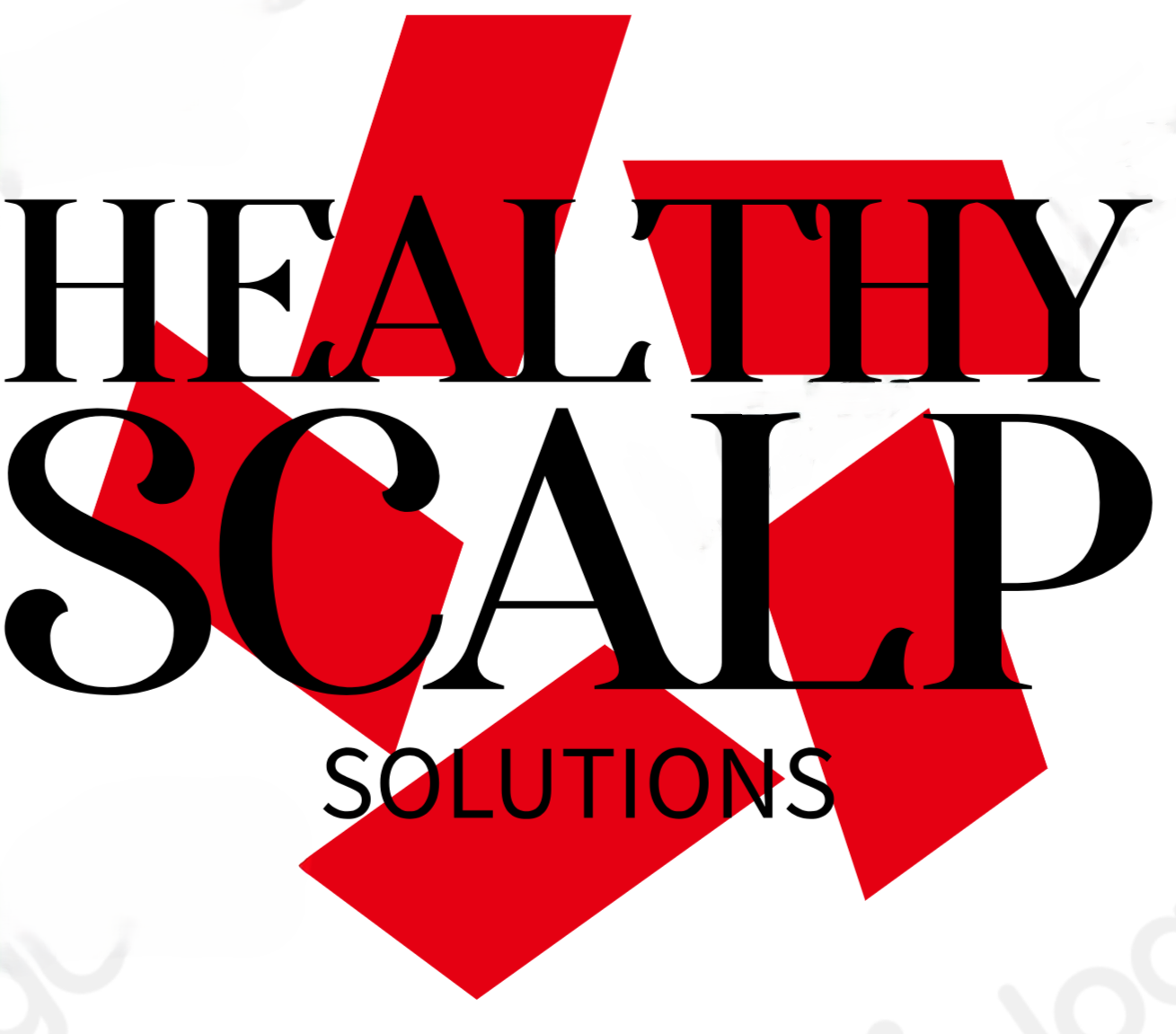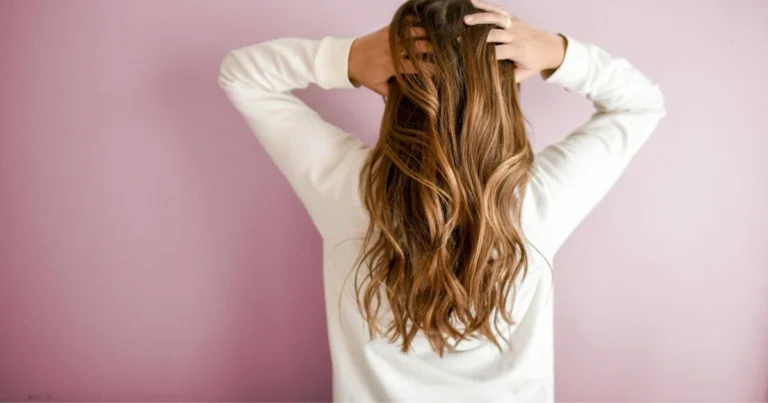“Hair Length Chart Explained: Find Your Perfect Cut!”
Choosing the right hair length starts with knowing your measurements. A hair length chart shows styles from micro to extra-long. It helps you see what’s out there. This guide makes terms like “medium” or “long” clear, so you can talk easily with your stylist.
Your perfect cut is more than just inches. Face shape, texture, and style all play a part. With the hair length chart, you can find the best fit for your features. This way, your perfect haircut will look natural and right for you.
Key Takeaways
- A hair length chart organizes styles for easy decision-making.
- Knowing hair measurements avoids misunderstandings at the salon.
- Face shape and texture influence which length looks best.
- Classifications like “short” or “medium” are industry standards for clarity.
- Matching your features to a style ensures a perfect haircut that lasts.
Understanding Hair Length Measurements
Getting the right haircut starts with knowing how stylists measure and talk about hair. This part explains the hair length classifications and terms used in salons. It helps make your next haircut appointment clear.
Professional Hair Length Terminology
Stylists use precise professional hair terminology to avoid confusion. Terms like chin-length (ending at the jawline) or shoulder-length (hitting the collarbone) are common. For longer hair, mid-back length (14-16 inches) or waist-length (24+ inches) are used. These terms help accurately use the hair length chart.
Standard Measurement Units for Hair
Hair is measured from the scalp’s crown to the ends, in inches or centimeters. Here’s a simple guide linking measurements to classifications:
| Measurement (inches/cm) | Classification |
|---|---|
| 0-3″ (0-7.6cm) | Very Short |
| 4-6″ (10-15cm) | Short |
| 7-12″ (18-30cm) | Medium |
| 13-20″ (33-51cm) | Long |
| 21″+ (53.5cm+) | Extra Long |
Men’s vs. Women’s Hair Length Classifications
Oldly, terms like “buzz cut” (men) or “lob” (women) defined styles by gender. Now, classifications are more flexible. Stylists use terms like “undercut” or “graduated cut” for anyone. The hair length chart shows this shift to more inclusive language, keeping terms like “fade” or “blunt ends” universal.
The Comprehensive Hair Length Chart
Choosing your ideal hair style starts with understanding hair length categories. This guide breaks down each category’s unique traits. So, you can match your preferences to professional hair measurements used in salons. Use this hair length chart to see how different lengths fit your face shape and lifestyle.
| Category | Length Range | Style Examples | Maintenance Tips |
|---|---|---|---|
| Micro-Length | 0–1 inch | Buzz cuts, taper fades | Trim every 2–4 weeks; use edge-control products |
| Short | 1–4 inches | Pixie cuts, shaggy crops | Regular trims to prevent bulk; texturizing sprays add volume |
| Medium | 4–12 inches | Bobs, lob cuts | Deep condition weekly; layers reduce weight and frizz |
| Long | 12–20 inches | Waves, braids, ponytails | Use heat protectants; protein treatments strengthen strands |
| Extra Long | 20+ inches | Curly styles, microbraids | Regular trims to prevent split ends; silk pillowcases reduce breakage |
Salon professionals use these hair length categories to communicate cuts precisely. For example, a “medium” bob (4–12 inches) frames round faces well. “Extra-long” hair needs more product to manage. Use this hair length chart to discuss your goals clearly during appointments.
Adjusting lengths within these ranges lets you experiment with trends while keeping your hair healthy.
How Your Face Shape Influences Ideal Hair Length
Choosing the right hair length is more than just style—it’s about finding balance. A hair length chart and knowing your face shape and hair length can lead to a flattering haircut. First, figure out your face shape: oval, round, square, heart, or diamond. Each shape looks best with specific lengths.
Oval faces are the most versatile. You can go from chin-grazing bobs to waist-length hair. Round faces look great with styles that lengthen, like long layers or side-swept bangs. Square faces soften with rounded bobs or long side parts.
Heart-shaped faces balance broad foreheads with chin-length cuts or textured layers around the jawline. Diamond faces get volume at the crown with long, flowing styles to widen the narrower lower face.
- Oval: Suits all lengths; try a lob (long bob) or sleek ponytail.
- Round: Avoid heavy bangs; opt for long layers that create slimming vertical lines.
- Square: Soften edges with asymmetrical cuts or soft waves.
- Heart: Frame the face with side-swept bangs and full ends.
- Diamond: Add volume on top with curly or layered styles.
Use a hair length chart to match measurements with your shape. For example, a medium-length bob (4-12 inches) often suits heart shapes. Long layers enhance diamond contours. Remember, your personal style is key—mix these guidelines with your style goals for the best look.
Short Hair Styles and Who They Flatter
Short hair styles like pixie cuts and bob haircuts are easy to care for. But, how do you choose the right style for your face shape and lifestyle? The hair length chart helps find cuts that suit your features and daily routine.
Pixie Cuts and Face Compatibility
Pixie cuts are known for their sharp angles and bold lines. For round faces, textured layers add length. Square faces look great with soft bangs to soften the jawline. Oval faces can pull off almost any pixie style.
Avoid blunt cuts if you have a long face. They can make your face look even longer.
- Round faces: Side-swept bangs help lengthen.
- Square faces: Curved fringes soften the look.
- Oval faces: Edgy undercut styles are a good choice.
Bobs and Their Variations
Bob haircuts come in many styles, from classic chin-length to modern stacked bobs. Here’s how to pick the right one:
- Chin bobs: Great for heart-shaped faces to reduce width.
- Stacked bobs: Adds volume for thin hair with a tapered back.
- Long bob (lob): Softens angular jaws and frames oval faces.
Maintenance Requirements for Short Hair
Short hair needs regular care. Expect:
- Trims every 6–8 weeks to prevent split ends.
- 10–15 minutes daily for styling with texturizing products.
- Wax or serum for flyaway control in pixie cuts.
Before your next haircut, look at the hair length chart to see how bobs and pixie cuts will look on you. Short styles are worth the effort. Choose a cut that fits your look and lifestyle.
Medium Length Hairstyles for Different Hair Types
Medium length hair is versatile, fitting your natural texture and lifestyle. It works well for straight, curly, or coily hair. Use the hair length chart to find your perfect length, usually between your collarbone and mid-back. Then, adjust it to suit your hair types.
| Hair Type | Best Styles | Pro Tips |
|---|---|---|
| Straight | Shoulder-length layers, beach waves | Use serum to combat frizz and add shine. |
| Wavy | Layered bobs, tousled waves | Air-dry to enhance natural texture. |
| Curly | Sleek bobs, curly lob | Define curls with gel or mousse before air-drying. |
| Coily | Braided styles, curly bobs | Embrace natural texture with protective styling. |
| Fine | Volume-enhancing cuts, side-swept bangs | Use volumizing products at the roots. |
| Thick | Textured bobs, blunt ends | Trim regularly to reduce frizz and bulk. |
Medium length hair is perfect for all hair types. Try shoulder length styles or voluminous bobs. Layers or blunt cuts can match your lifestyle, whether you’re busy or active.
The right cut should enhance your hair types and fit the hair length chart’s medium range. This makes medium lengths ideal for those looking for a style between short and long.
Long Hair Options and Considerations
Choosing long hair is about finding beauty and balance. You might love long hair cuts that flow or layered haircuts for texture. Your choice affects both your look and how much work it is.
Layered vs. One-Length Cuts
| Style Type | Key Features | Best For |
|---|---|---|
| Layered Cuts | Reduces weight, adds movement, avoids bulk | Fine or thick hair needing volume control |
| One-Length Cuts | Sharp, bold lines; maximizes thickness | Medium to thick hair seeking dramatic length |
Framing Techniques for Long Hair
Framing shapes your look, subtly or boldly:
- Curtain bangs: Soften square jaws or round faces
- Graduated layers: Lift heavier textures near the face
- Side-swept fringes: Emphasize high cheekbones
Managing Weight and Hair Volume
Heavy hair can weigh you down. Here’s how to manage:
- Place layers every 2–3 inches for thick manes
- Use volumizing root lifts at the crown
- Avoid over-layering fine hair to prevent thinness
“Layers aren’t just about length—they’re a balancing act between texture and bone structure,” says celebrity stylist Chiara Rossini.
Use a hair length chart to track your hair’s growth. Regular trims every 8–10 weeks prevent split ends from weighing down your style.
Using a Hair Length Chart When Communicating With Your Stylist
Good hair stylist communication begins with being ready. A hair length chart is like a common language for you and your stylist. It turns vague ideas into clear plans. Here’s how to make your next salon appointment tips session a hit.
Essential Vocabulary for Hair Appointments
Learn key terms from your hair length chart to avoid misunderstandings. Say “micro-length” (0-1 inch) or “medium” (4-12 inches) instead of “short” or “medium.” Be specific: “I want a layered cut at 8 inches, like the chart’s medium category.”
Visual References to Bring to Your Salon
- Print photos from magazines or save images on apps like Pinterest.
- Show examples from people with similar hair texture and density to yours.
- Avoid unrealistic references; match your natural growth patterns.
“Bring 3-5 references. Less is more—too many options can overwhelm,” says celebrity stylist Mia Torres.
Setting Realistic Expectations
Start with your current length as a guide. For instance:
| Desired Length Change | Time Needed | Maintenance Tips |
|---|---|---|
| Shorter by 5 inches | 1 appointment | Discuss cut layers for volume control |
| Grow to medium length | 6+ months | Trim every 12 weeks |
Talk to your stylist about timelines and care. A hair length chart helps track your progress and adjust plans as needed.
How Hair Texture Affects Length Appearance
Your hair texture greatly influences how your hair length appearance looks. Straight hair lies flat, showing its full length when stretched. On the other hand, curly or coily strands clump together, making the same curly hair length appear shorter. This is important when using a hair length chart to pick styles.
For instance, 12 inches of curly hair might look like 6-8 inches when dry. This is because curls naturally shrink. If you want a shoulder-length style, you’ll need to grow your hair longer than the chart says. Coily textures often need 30-50% more length to look as long as straight hair.
- Curly hair: Use the hair length chart but add extra length to account for shrinkage.
- Coily textures: Multiply your desired curly hair length by 1.5x for accurate growth goals.
- Thin hair: Straighter strands can appear longer due to less volume, while thicker curly hair may look heavier at the same measurement.
When talking to a stylist about cuts, mention your texture type. Say, “I want a hair length that matches this hair length chart, but adjusted for my curls.” This helps them style your hair to look balanced. Always measure your hair while it’s stretched (when wet) for accurate tracking.
Conclusion: Choosing Your Perfect Hair Length
Your ideal hair length is more than just numbers. Start with the hair length chart, but think about your face shape, hair texture, and lifestyle too. A perfect haircut should be both practical and stylish. Short hair is great for busy days, while long hair offers more options.
Think about how you care for your hair when choosing the ideal hair length. If you want lots of volume, medium lengths might be best. For a sleek look, consider how your hair texture works with it. Choosing hair that shows who you are, whether it’s a bold pixie or long hair, boosts your confidence.
When you see a stylist, use the chart as a guide but listen to their advice too. Small changes like trimming or adding layers can help you try new looks without a big commitment. Your hair length decision is a journey, not a fixed choice. Be open to trying new things and trust your gut. The right length makes you feel your best.
FAQ
What is a hair length chart?
A hair length chart is a tool that shows hair lengths in categories. These include micro-length, short, medium, long, and extra-long. It helps you see how different lengths look. It also makes it easier to talk to your stylist about your hair goals.
How do I measure my hair length?
To measure your hair length, start at the top of your head. Use a ruler or tape measure to find the longest point. Make sure your hair is straight for an accurate reading. Then, compare your measurement to a hair length chart to find your category.
Does hair texture affect how length appears?
Yes, hair texture greatly affects how length looks. Straight hair may seem longer than curly or coily hair. This is because of shrinkage and volume. Always think about your hair texture when looking at a hair length chart.
What hairstyles suit different face shapes and lengths?
Different face shapes look best with different hair lengths and styles. For example, round faces often look good with longer lengths or layers. Oval faces can usually pull off most lengths. Use a hair length chart and consider your face shape to find the best style.
How often should I get my hair trimmed if I have short hair?
If you have short hair, get trims every 4 to 6 weeks. This keeps your hair looking fresh and in shape. If you want a specific style, regular trims are key to keeping your look sharp.
Can I change my hair length during the transition between styles?
Yes, changing hair length between styles is common. You can choose intermediate lengths for flexibility. Medium lengths are great because they offer many styling options without being too short or too long.
What should I bring to my stylist during a hair appointment?
Bring photos of styles you like to your stylist. This helps them understand what you want. Also, bring a hair length chart to show your preferred length. Make sure the photos match your hair texture for the best results.


